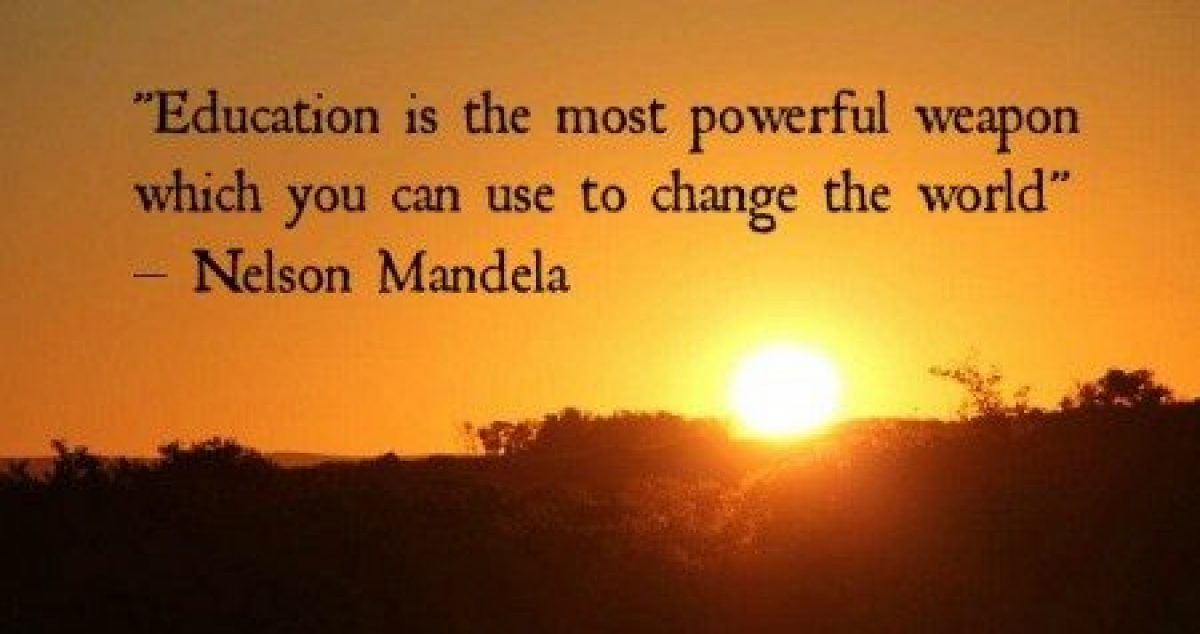This weeks seminar and lecture looked deeper into the visual arts and how it can be incorporated into different areas of the curriculum. We focused on a particular painting “Window’s in the West” by Avril Paton in 1993. Researching this painting, i discovered that this painting was created using watercolour on paper. This particular painting became Paton’s trademark, it was bought by the Glasgow Gallery of Modern Art in 1994 and then in 2006 it was placed on display in Kelvingrove Art Museum. The painting was created from a personal memory of her life in Glasgow and took Paton around 6 months to complete. From living in Glasgow, i was able to understand the painting as i have been able to personally see tenement buildings in my environment which in turn allowed me to understand Paton’s vision with this painting.

In the lecture we analysed the visuals of the painting focusing on the form, process, mood and content of the painting (Taylor, 1999). Additionally, we looked at how literacy can be incorporated with the arts in the classroom. It showed me that we could even create an activity using a famous painting, like the aforementioned, and allow the children to further research the artist and create mind maps, or even create their own prints and explain the story they created from it. After the lecture, it was clear to see that arts can be incorporated to many areas of the curriculum in a vast number of ways.
Moreover, in the seminar we created our own prints. We were given polystyrene boards where we then traced a section of the painting onto the boards very carefully and in great detail, as this was going to act as the base to our print making.

Following on from this, we put a layer of paint (yellow) over the top of the polystyrene and then pressed it onto a sheet of A4 paper to create a print.

We continued this idea, by using different colours of paper for the print as well as adding different colours of print on top, to give the print more detail, texture and colour.

As a student teacher, seminars like this one show me the importance and relevance of teaching arts to the younger generation. If teachers make the time then arts can easily be incorporated into the classroom as well as integrating it within other areas of the curriculum. The Tallis Pedagogy Wheel highlights the importance of children being given the opportunity to be imaginative and creative where they can let their creative minds flow into the unknown.
The second half of the day focused on drama. As a child, i was never really fond of drama i always got very nervous and anxious of performing in front of people. Whilst i was in primary school, my confidence did increase and i was able to take leads in school shows however, this changed when i went to high school and my nerves and anxiety came back. When i found out that it was drama that we would be doing in the seminar, i was very apprehensive and nervous of performing in front of my peers.
Drama is a way for children to express themselves, it can be an effective tool of developing communication skills, self-esteem, confidence, empathy, performance for them to flourish and develop into young adults. Drama is an area of the curriculum that can be incorporated into various other areas such as literacy, history, art and even possibly mathematics.
We took part in activities such as: improvisation, freeze frame, hot seating, and teacher in role. These activities allowed me to develop my confidence that little bit more and after taking part i realised that it wasn’t as scary and nerve-wracking as i had built it up to be. Our lecture also told us that with drama, sometimes as the teacher you just need to create another character to portray which can help with your nerves, which is something that i think i might need to do when i qualify.
I think its important that we as educators need to realise the importance and the skills that drama and art can have for children. We need to ensure that children are given as many opportunities as they can to develop there qualities and skills in these subjects as they are very effective in a child’s development.
Resources:
Taylor, R. (1999) Understanding and Investigating Art. United Kingdom: Hodder Education.
Thomas Tallis School. (2017) The TALLIS Habits Pedagogy Wheel. [Online] Available: http://www.thomastallisschool.com/tallis-pedagogy-wheel-guide.html [Accessed: 07 October 2017]
Paton, A. (2017) Windows in the West. [Online] Available: https://avrilpaton.co.uk/prints/windows-in-the-west [Accessed: 07 October 2017]
Perform. (2017) Why is drama good for children? [Online] Available: https://www.perform.org.uk/blog/2014/01/why-is-drama-good-for-children/ [Accessed: 07 October 2017]

